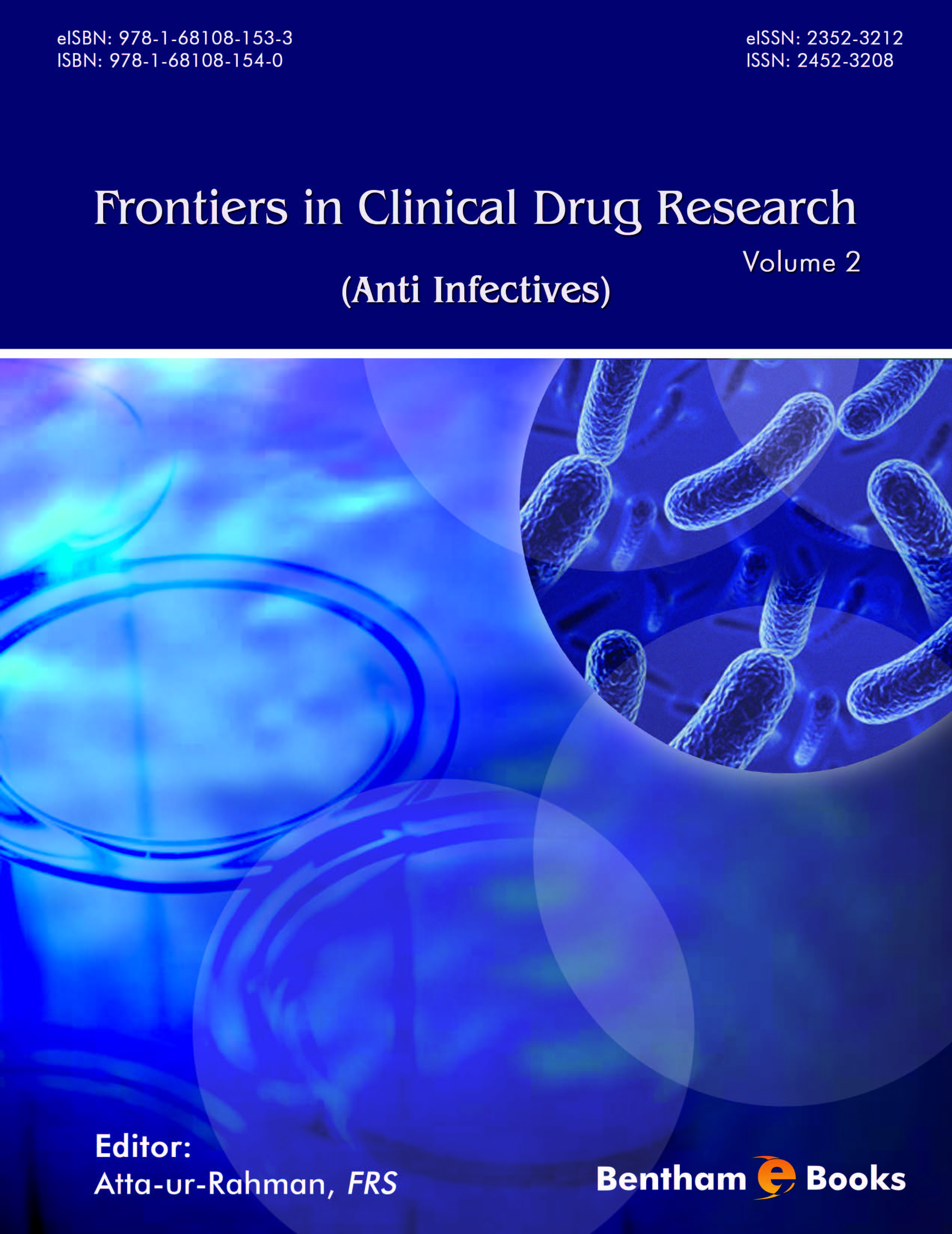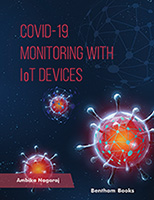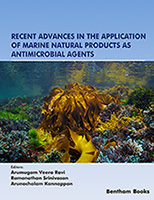Preface
The second volume of Frontiers in Clinical Drug Research – Anti Infectives comprises seven chapters in various important fields including utilization of analytical techniques for identifying the nosocomial pathogens and antimicrobials, topical antimicrobials, anti-infective drug safety at global level, antimicrobial resistance and others.
In the first chapter, García-Contreras and colleagues discuss the current advancement in novel bacterial anti-infective drug development. They also discuss the in vitro and in vivo activity of anti-infective agents by analyzing their mechanisms of action and other recent advances in this field.
In the second chapter, Totapally and Raszynski have discussed the threat of antibiotic resistance at the global level, the causes involved in the development of antibiotic resistance and some solutions to overcome this huge problem.
Castro-Pastrana et al., in the third chapter discuss certain aspects of chemoinformatics, predictive clinical pharmacology and systems biology. They also discuss the utilization of preclinical models, in silico methods, translational biomarkers, genomics and the strategies of postmarketing surveillance during the development of anti-infective drugs for safety evaluation and risk management.
In chapter 4, Paulson discusses the topical antimicrobial products and describes their classification, mechanism of action, indications and the information regarding the products available in the market. Horka and colleagues mainly focus on nosocomial infections in chapter 5 and the analytical techniques helpful in the identification and estimation of levels of antibiotics and microorganisms in real samples.
In chapter 6, Fernández and Camacho present an overview of the use of natural product extracts, compounds and fractions that are known for their antimalarial activity. They also highlighted the strategies and challenges linked with contemporary antimalarial natural drug research, in the light of recent literature. In the last chapter, Teixera et al. discuss the antimicrobial agents that can be used for therapy in vaginal infections, different dosage forms and the risks and benefit associated with them. They also explain the new strategies and approaches applied in the vaginal drug delivery.
I would like to thanks all the authors for their excellent contributions. I am grateful to the outstanding efforts of the team of Bentham Science Publishers, comprising Dr. Faryal Sami and Mr. Shehzad Naqvi led by Mr. Mahmood Alam, Director Bentham Science Publishers.
Prof. Atta-ur-Rahman, FRS
Kings College
University of Cambridge
Cambridge
UK





